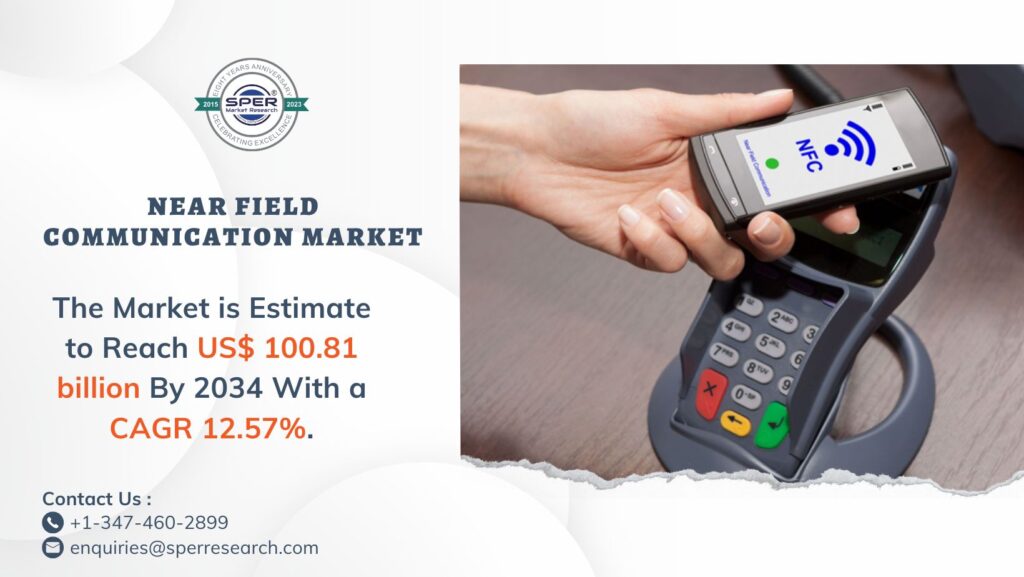A sensor device that operates without the usage of micro-electromechanical systems (MEMS) technology is known as a non-MEMS sensor. Non-MEMS sensors are constructed utilizing standard electrical, optical, or physical sensing principles including resistive, capacitive, piezoelectric, optical, or electromagnetic techniques rather than depending on tiny mechanical structures made on silicon. Temperature, pressure, humidity, light, magnetic fields, and proximity are just a few of the many variables that may be measured using these sensors. Non-MEMS sensors, to put it simply, are conventional or ordinary sensors that do not use the micro-scale mechanical components that MEMS devices use. In sectors where dependability and widespread implementation are crucial, such as automotive, industrial automation, healthcare, consumer electronics, and aerospace, they are frequently more reliable, and dominant.
According to SPER market research, ‘Global Non-MEMS Sensors Market Size- By Sensor Type, By Technology, By Connectivity, By Application, By End Use Industry – Regional Outlook, Competitive Strategies and Segment Forecast to 2034’ states that the Global Non-MEMS Sensors Market is predicted to reach 315.05 billion by 2034 with a CAGR of 8.55%.
Drivers:
Traditional pressure, temperature, current, and proximity sensors are essential components of driver-assistance, electrification, and automotive safety systems, which are the main factors driving the global market for non-MEMS sensors. Cost-effective non-MEMS sensors are in high demand, especially due to the rapid rise of consumer electronics and smart appliances. Adoption is being accelerated by the growth of robotics, industrial automation, and smart factories, all of which depend on robust and dependable sensing technologies for control and monitoring. Because of their demonstrated dependability and adherence to stringent regulatory requirements, non-MEMS sensors present significant prospects in the healthcare industry as the usage of medical devices and wearable diagnostics grows.
Request a Free Sample Report: https://www.sperresearch.com/report-store/non-mems-sensors-market?sample=1
Restraints:
One significant problem is the constant pressure on prices, particularly in large-scale applications and consumer electronics where cost competitiveness frequently triumphs over performance distinction. As MEMS-based sensors provide downsizing, multifunctionality, and integration with contemporary electronics, they are progressively displacing some conventional non-MEMS options, raising technical competitiveness at the same time. Strict regulations in sectors like healthcare, aerospace, and automotive present another difficulty since they lengthen time to market and raise development costs. The market is also hampered by supply chain weaknesses, specifically shortages of semiconductors and raw materials, which affect the availability of sensors.
Regional Analysis:
Asia-Pacific (APAC) holds a dominant position in the global market for non-MEMS sensors. The primary reason for this supremacy is because APAC is the greatest manufacturing hub for consumer electronics worldwide, which fuels the enormous need for sensors in smart gadgets, appliances, and smartphones. Some of the key market players are Analog Devices, Honeywell, Infineon, TE Connectivity, Texas Instruments, and others.
For More Information, refer to below link: –
Related Reports:
Ultrasonic Cleaning Market Growth
Construction Robots Market Growth
Follow Us –
LinkedIn | Instagram | Facebook | Twitter
Contact Us:
Sara Lopes, Business Consultant — USA
SPER Market Research
enquiries@sperresearch.com
+1–347–460–2899









